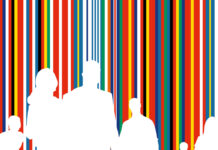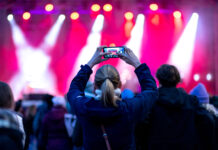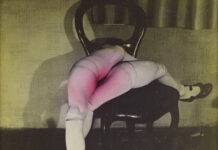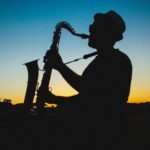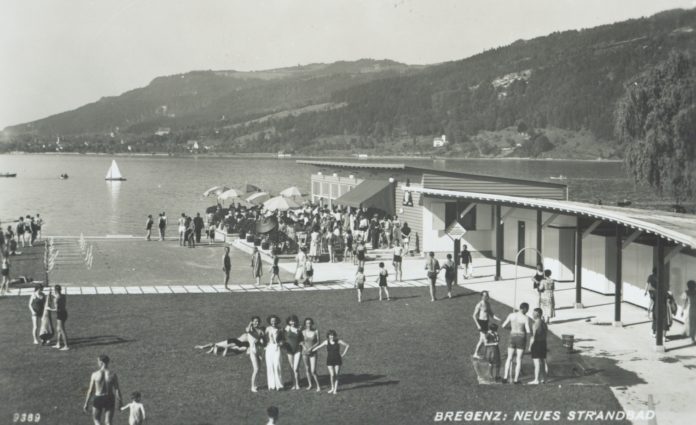
12.07. – 31.10.2020
The people in Vorarlberg have a good life: When they look at the Bodensee, they don ́t need the sea anymore. This summer, an exhibition in the Martinsturm in the upper town of Bregenz raises a subtle question of this Corona summer, „Can bathing be a sin?“
If we consider the constant warnings that it would be better to stay in one‘s own country this year because a trip to the sea would be „unpatriotic“ in the interest of the local economy, one could almost think: Yes. OK. It‘s a sin. The longing for the sea should rather be postponed to a still indefinable post-Corona future. Or to Vorarlberg. There‘s the „Sea of the Allemanni“.
The exhibition in the Martinsturm is a cultural-historical review. It shows how the changes in the prevailing values and moral concepts have also been expressed in the culture of bathing in Lake Constance.
In earlier centuries, bathing in the lake was primarily used for personal hygiene. Until the early 20th century, only a fraction of the population was able to swim anyway. While in the Middle Ages and up to the 17th century there was great freedom of movement between the sexes, the plague epidemics and the spread of syphilis also had an impact on sexual ethics and church morals in Central Europe. The naked body and the liberal contact between the sexes became a taboo, not least for this reason. Pandemic and morality were therefore already in direct interaction with each other in earlier times: the first bathing establishments on Lake Constance, built later, were strictly separated into areas for women and men in accordance with the prevailing moral paradigms of their time.
Today, against the background of the Corona crisis, we are observing a pandemic phenomenon which, transferred to bathing culture, could also be described as a „new nationalism of bathing“: who travels abroad, acts imorally. The Corona crisis is not only making our world physically but also intellectually small again. Especially for regions that live from tourism and also from cosmopolitanism, this is a political interpretation that is not without danger in the long term. Fortunately, the clocks in the Ländle always tick a little differently. Vienna is far away and Lake Constance has always been a link in a common cultural area between several countries. And will remain so.
Morale is going down the drain
Therefore it is no coincidence that the Lido in Bregenz has become a kind of cultural arrival station for the whole region: Between the landing stages for Lake Constance shipping in the north and the boat harbour of the Bregenz Sailing Club in the south, a section of shore has been created which is now dominated by cultural and leisure uses: Kunsthaus Bregenz, Vorarlberg Museum and the festival district with the Seebühne and the Festspielhaus are located in the immediate vicinity. Embedded in a constantly growing collection of art projects in the public space: from Gottfried Berchtold‘s concrete Porsche next to the Kunsthaus or his bronze sculpture „Ready Maid“ at the Festspielhaus to Gerry Amman‘s light tunnel at the Sunset Steps near the ship landing docs. The right setting for numerous concerts also in this summer: from the Bregenz Festival to the Finkslinngs am See. Conclusion: In Vorarlberg the culture does not go down the drain. Not even in Corona times.
„Kann den Baden Sünde sein“
12.07. – 31.10.2020
Martinsturm
Oberstadt, Martinsgasse 3b
6900 Bregenz
www.bregenz.gv.at/kultur/martinsturm/sonderausstellung/
Unvergessliche Zeit – Kunsthaus Bregenz
until 30.08.2020
www.kunsthaus-bregenz.at
Bregenzer Festtage
15.08. – 22.08.2020
www.bregenzerfestspiele.com
Finkslinngs am See
19. / 26.08.
www.evelynfinkmennel.at/events/
Kunst im öffentlichen Raum – Übersicht
www.vorarlberg.travel/kunsthaltestellen/



